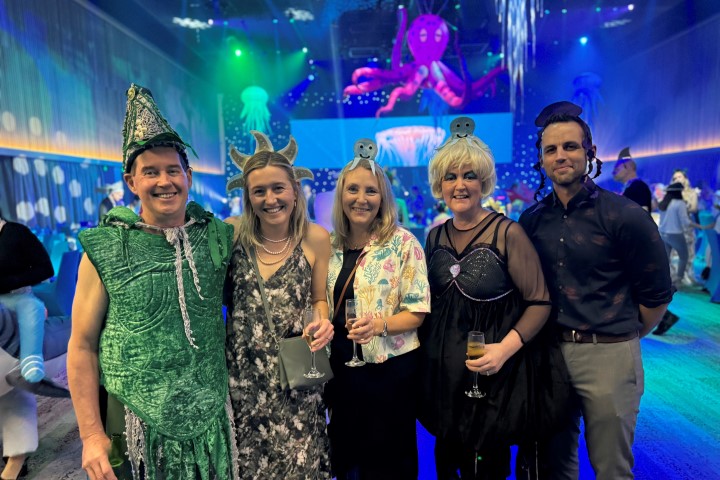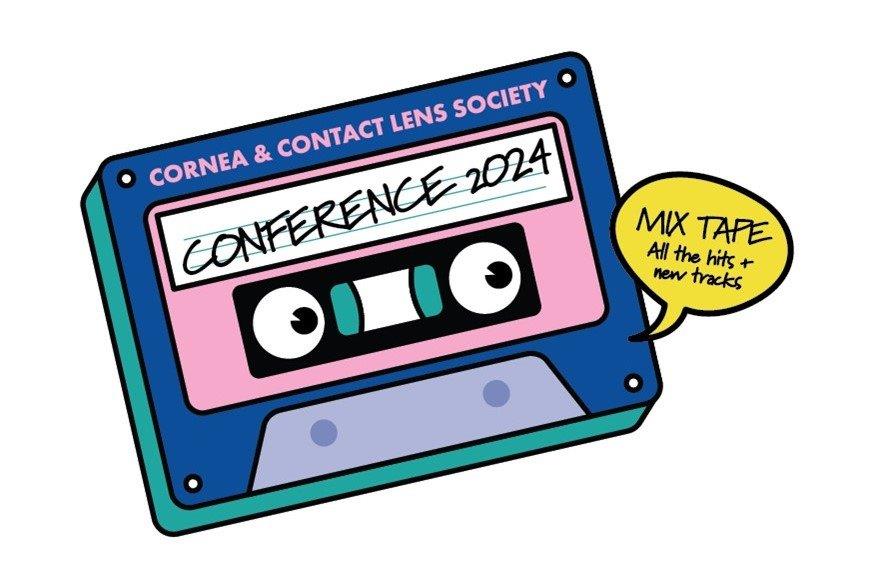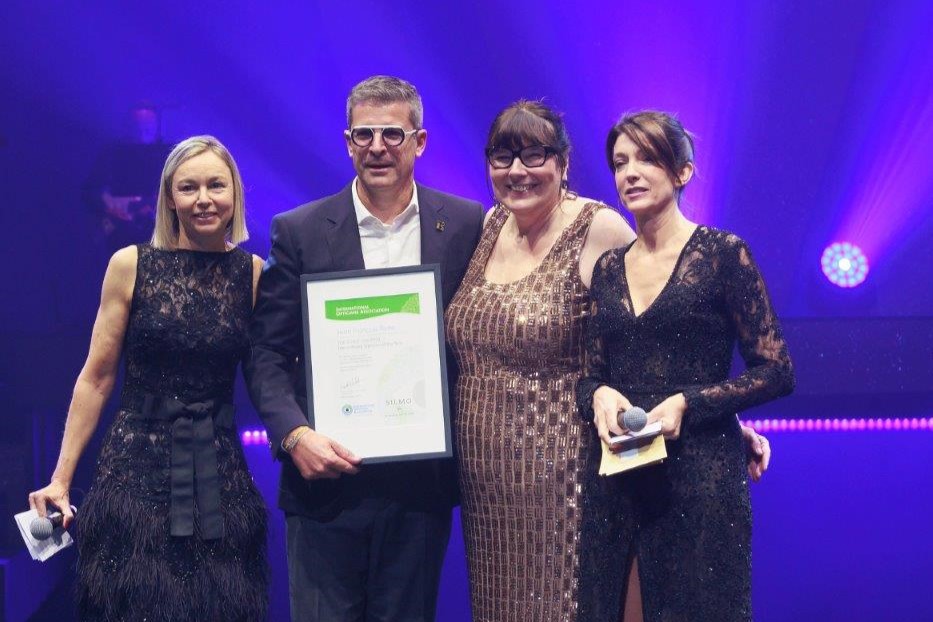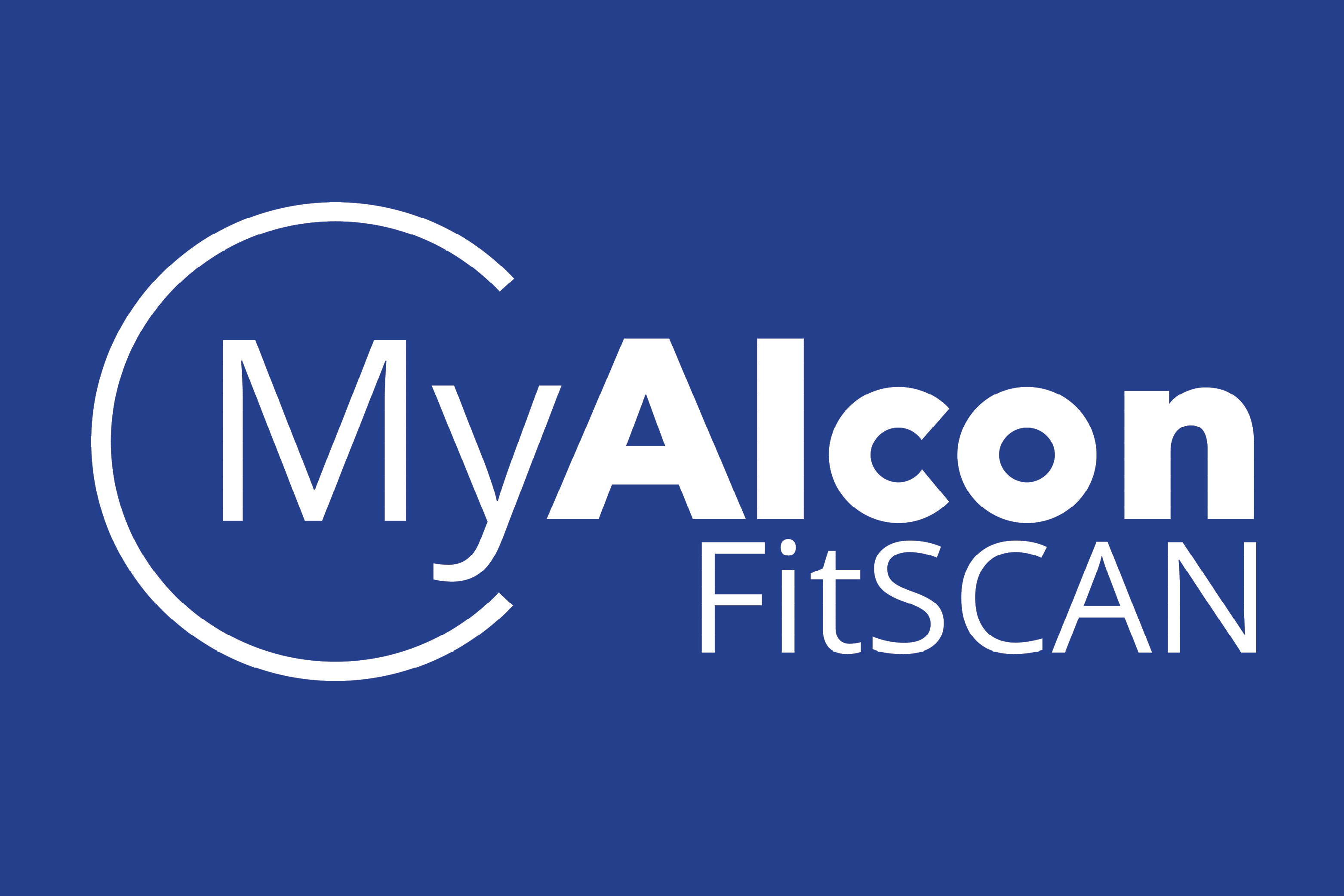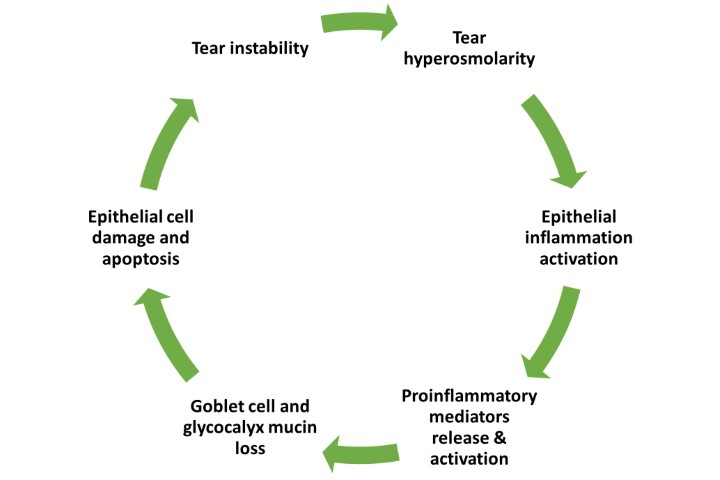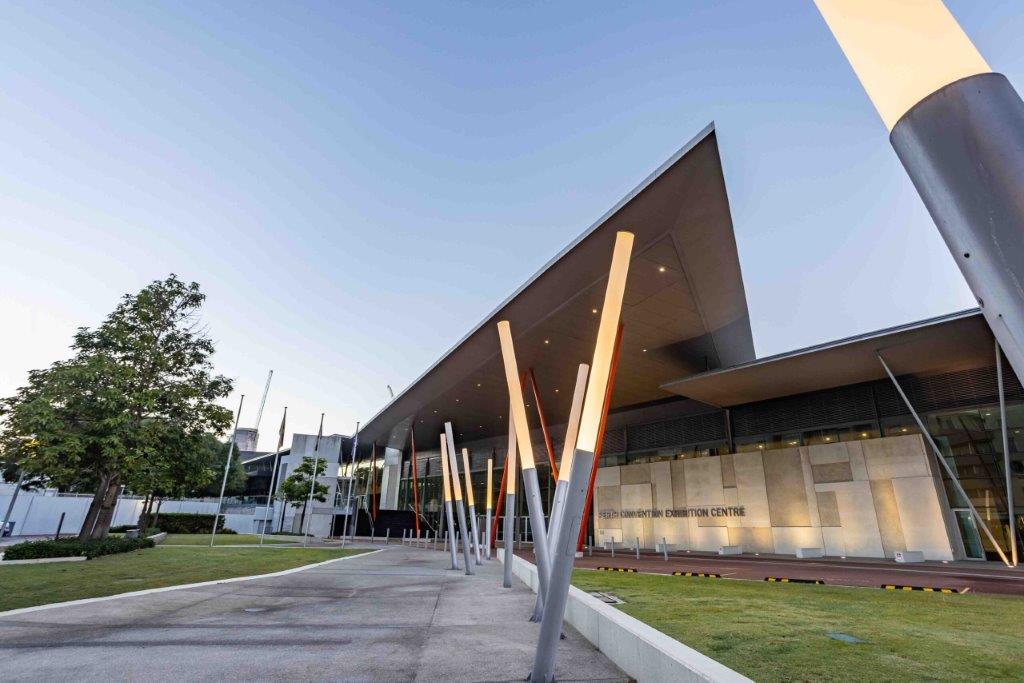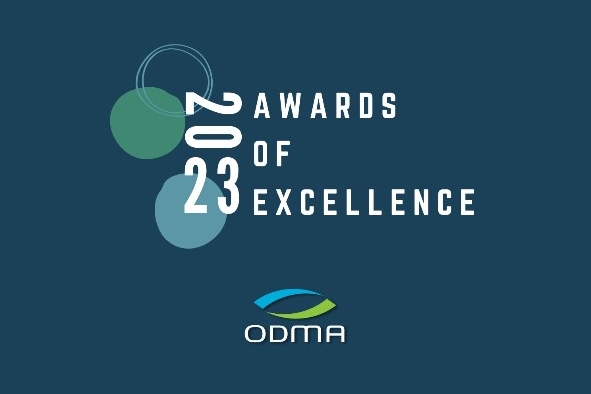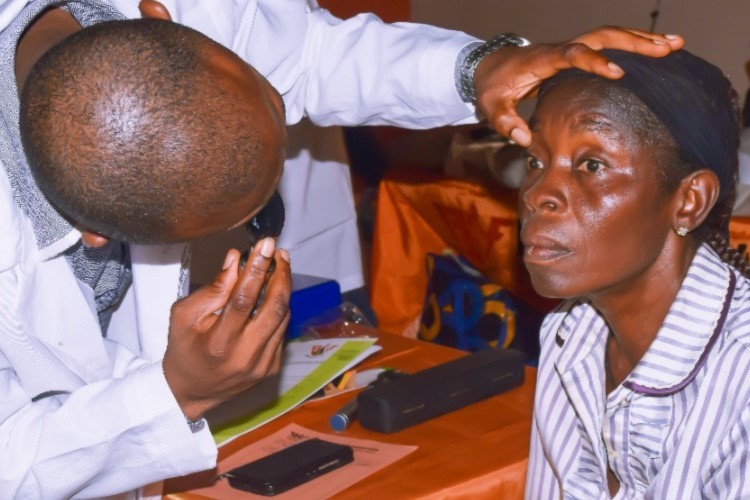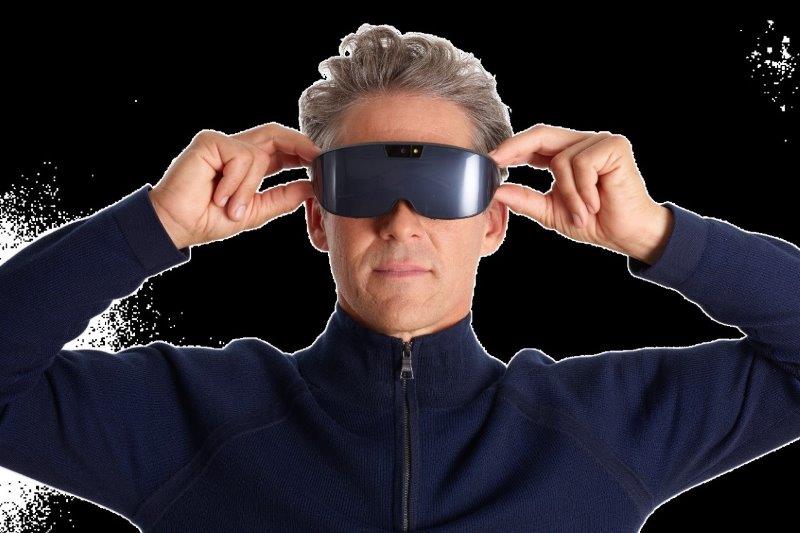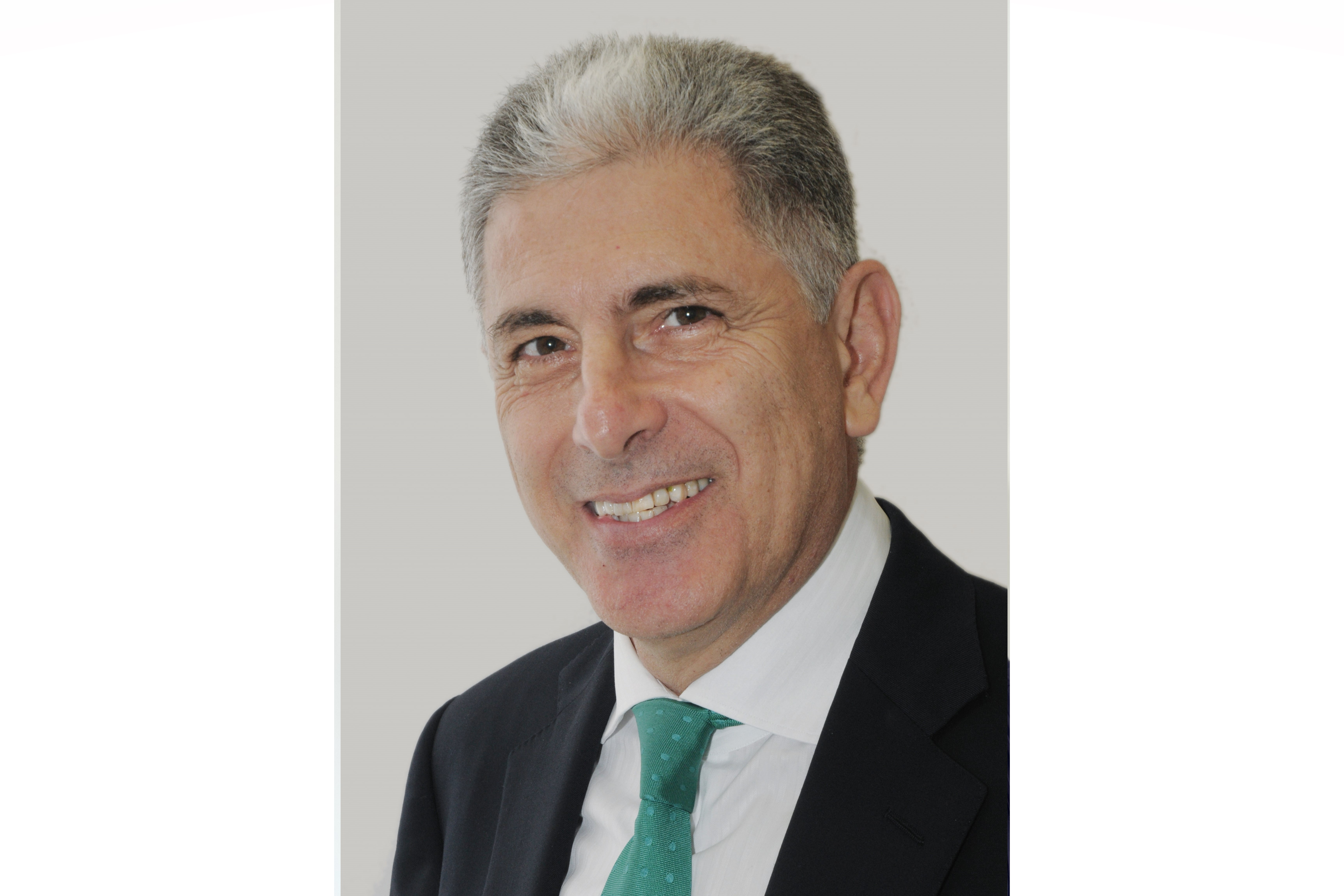Desert I-land AUSCRS castaways
As I stepped off the plane onto the sun-kissed shores of Hamilton Island for the 2024 meeting of the Australasian Society of Cataract and Refractive Surgeons (AUSCRS), I couldn’t help but feel a blend of excitement and mild dread. After all, I was about to immerse myself in a whirlwind of cutting-edge ophthalmic knowledge while trying not to think about the fact I was on a beautiful tropical island, but in a dark lecture hall… So near, yet so far!
Like the Olympic Games' openings, the AUSCRS opening ceremony is always something to look forward to. Previous years have seen the presidents arrive in sports cars or on magic carpets, usually accompanied by video montages of years gone by. This year, being on the ‘I-land’ we had a Gilligan’s Island-themed video from members of the organising committee. As someone assigned to wearing a dress and having to dance in front of the crowd, it would rank pretty highly in terms of my worst-case scenarios. But this is how AUSCRS rolls. The idea behind making speakers wear costumes and look silly is to level the playing field, creating a relaxed atmosphere, and removing the formalities of other meetings.
From IOLs to LOLs
The following morning, we kicked off the meeting in style with the Barrett/Wolfe Gold Medal Lecture (named after AUSCRS’ founders) given by AUSCRS stalwart Dr Florian Kretz from Germany. In front of his proud family, Dr Kretz clarified the multiple options we have for presbyopia-correcting intraocular lenses (IOLs), speaking on his significant experience and, thankfully, giving us all realistic expectations of what can be achieved, given that even someone of his experience still gets refractive surprises. Another unique feature of AUSCRS is that all sponsors are given a chance to get on stage and tell the audience about themselves, which is always entertaining as companies get into the AUSCRS spirit. This year, Rayner’s reps, with their laugh-out-loud rendition of The Brady Bunch theme song, stole the show.

Drs Dean Corbett, Andrea Ang and Ben LaHood
Among the meeting’s many famous themed scientific sessions, these presentations stood out to me and made me think about my own practice. Singapore’s ever-popular Dr Ronald Yeoh, fresh from teaching trainees how to deliver a memorable presentation, did just that. Always a trailblazer with new technology, Dr Yeoh originally described the pupil-snap sign to indicate posterior capsule rupture during hydrodissection about 20 years ago. His experience in dealing with such nightmare scenarios meant he could suggest methods for salvaging a dropping nucleus. He also discussed using OCT intraoperatively to see a newly described scroll sign of ruptured posterior capsule.
We then went on to uncover the treasure of improving cataract outcomes. There was some great debate around thresholds for using implantable collamer lenses (ICLs), even for lower prescriptions. With so much variation in comfort with this procedure, thresholds vary accordingly. The majority of the audience said they would only consider them for high refractive errors not amenable to other keratorefractive methods, but Germany’s Dr Lena Beckers raised the question of whether we should expand our range for considering this treatment.
In this session, I discussed my own case series of treating young pre-presbyopic eyes with unilateral cataract surgery following trauma associated with implantation of an extended depth of focus IOL. Although the outcomes were very good, these eyes can certainly throw some unexpected drama at you. The session ended with the legend of IOL calculation himself, Professor Graham Barrett, from the University of Western Australia. Spoiler alert: the future of IOL calculation includes more AI than you can shake a stick at, which is great, unless that AI starts recommending eye drops to stop cataract formation!
Offshore pearls
Some of the international invited speakers gave us some pearls of wisdom in the first day’s afternoon session. Dr Elizabeth Yeu, Virginia, US, showed her strategies for IOL exchange – an operation which none of us enjoy but which is sometimes necessary. One of the most difficult and potentially hazardous parts of the operation is to dissect the capsule away from the haptics of the existing IOL. Dr Yeu showed that sometimes she will resort to amputating and leaving haptics behind in order to preserve the capsular bag. It’s nice to know that even such a skilled and experienced surgeon sometimes has problems too.
Singapore Eye Research Institute’s Distinguished Professor Jod Mehta advised waiting as long as possible with multifocal IOLs before exchanging them, as dysphotopsias often become much more tolerable and the lens can be left in place. That’s easier to say than do when you have an unhappy patient sitting in front of you, but the facts and figures he presented were very compelling.

Dr David Kent wins Best Sport award from co-presidents Dr Gerard Sutton and Dr Jacqui Beltz for having to dress up as a woman twice
It was great to see AUSCRS having a session dedicated to lenticule-based keratorefractive surgery for the first time. These procedures to remove a lenticule of corneal stroma to alter the refractive state of the eye go by a different name from each company, but all aim to achieve the same goal of spectacular vision. We are still in the stages of refining our predictive models and determining which biometric factors are the most important inputs. Talks on adjusting energy settings and the impact of energy output on corneal healing were fascinating. Dr Kishore Pradhan, founder, medical director and a senior refractive surgeon at Matrika Eye Center, Kathmandu, used machine-learning models to determine which factors to put into his own nomogram for determining lenticule parameters. While his work appeared complex – and worrying that we will all soon need maths PhDs to do laser surgery – I applaud people like Dr Pradhan, who, through their own hard work, make outcomes better for all laser surgeons.
Well, well, well
Surprisingly, one of the most controversial sessions of the meeting was focused on wellbeing and thriving in ophthalmology. AUSCRS co-president Dr Jacqueline Beltz and Dr Jo Mitchell – high-performance coach, psychologist and previous AUSCRS advanced trainee mentor – hosted this section on sharing experiences: the good, the bad and the upsetting. The discussion from presenters around the struggles during training, and lack of support at times, received varied audience responses. I found the negative feedback surprising, but every story needs a villain to bring people together and the AUSCRS family got through a heated discussion together in the end.
I may be incredibly biased, as I was hosting the session, but ‘Technological icebergs: navigating updates in surgery’ was jam-packed full of interesting points. Not to mention the Titanic theme, which involved a re-enactment of the famous movie scene at the front of the ship with Germany’s Dr David Beckers and Australia’s Associate Professor Smita Agarwal as Jack and Rose, as well as the violinists going down with the ‘ship’. Dr Luke Anderson (UK) asked whether cataract surgeons should be doing minimally invasive glaucoma surgery (we all agreed they should), while Dr Beckers talked about how AI will realistically be used in the clinic, and A/Prof Agarwal spoke on her cataract surgeries now being done at physiological intraocular pressure.
CAIRS and crosslinking
In the ‘Shark Tank’ session, we were fortunate to hear from two of the world’s most experienced surgeons in their own areas of managing irregular corneas. Dr David Gunn from Brisbane discussed his work with corneal allogenic intrastromal ring segments (CAIRS) to manage keratoconic eyes, while Dr John Kanellopoulos from Greece discussed his Athens protocol for crosslinking and using laser treatments to regularise corneas. Both have provided us with so much knowledge and revolutionised the way we look after ectatic corneas.
Two of the things I love most about AUSCRS are a good rigorous debate without fear of upsetting anyone, and the film festival. Both were top notch this year and rounded out the final sessions.

Dr Sean Every wins the AUSCRS film festival award
This year’s debate was about immediately sequential bilateral cataract surgery (ISBCS). It was such a great crowd to hold the debate in front of, since these are likely the surgeons doing the majority of the cataract surgery in Australasia. So it was surprising that the crowd favourite was delayed surgery rather than doing both on the same day. I would much prefer to do ISBCS but the stumbling block in my area is that day surgeries would earn less, so it is discouraged. We shall see what the future holds, as surely it’s the way forward for our patients.
The film festival is the final part of the programme, with points given for content and entertainment value. Having won it myself last year, it was nice to see another Kiwi pick up this year’s gong. Christchurch’s Dr Sean Every delivered a pirate-infused, Kiwi-accent-laden poem while describing heroic surgery to explant and implant a lens in an extremely difficult case. Dr Every is a vitreoretinal surgeon but clearly didn’t lose too many points from the judges for his transition to refractive surgery!
Aqueous humour
With all of the science and debate out of the way, it was finally time to let our hair down and party. The aquatic-themed costumes throughout the sessions were great but the gala dinner saw some incredible and hilarious efforts. We had amazing jellyfish and turtles and mermaids galore for the under-the-sea-themed event. Sydney’s Dr Alison Chiu, always a fan favourite, won the best costume prize as Ursula the sea witch. We partied and danced into the night. Being all shipwrecked on the same island, there was no escaping seeing each other all looking worse for wear at the airport on our way home in the morning.

Drs David Kent and author Dr Ben LaHood as Ginger and Maryanne from Gilligan’s Island
As the conference came to a close, I couldn’t help but reflect on the wealth of knowledge gained, the connections made and the fact that I had acquired a large turtle costume I probably won’t wear again. The 2024 AUSCRS meeting was not just an opportunity to learn, it was a reminder of why we do what we do: connecting with peers, exchanging ideas and occasionally finding ourselves taking a fishing charter instead of sitting in lectures.
AUSCRS 2025 will be held in Darwin from 16–19 July. I can’t wait to see how we will top this year on Hamilton Island, but I’m confident it will be even bigger and better yet again!
Dr Ben LaHood is an Australasian-trained consultant ophthalmologist based in Adelaide, with subspecialty fellowship training in laser vision correction and refractive cataract surgery and a special interest in astigmatism correction. He was named among The Ophthalmologist’s annual Power List of the world’s top 100 industry leaders in 2023 and 2024.










